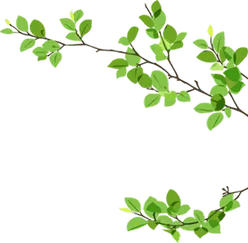 October 06, 2025
October 06, 2025
So, you’re sipping your chai in peace, scrolling through your phone, and suddenly, ouch! A mysterious stabbing pain hits your lower back. You start wondering: Did I sleep funny? Did I pull a muscle? Or… am I secretly growing rocks inside me?
Well, if you guessed the last one, you might just be dealing with kidney stones. Yep, your body can literally become a stone factory. Before you panic (or start googling “How do you know if you have kidney stones?”), let’s break this down in a simple, friendly way.
Kidney stones are tiny, hard deposits made of minerals and salts that form inside your kidneys. Think of them as those unwanted guests who show up at your house, eat your snacks, and refuse to leave. They can be as small as a grain of sand or as large as a golf ball (yep, ouch again).
The real trouble starts when these stones decide to move, like that one relative who insists on “helping” in the kitchen but only makes things worse.
Kidney stones don’t always send an RSVP before arriving, but your body has some pretty loud ways of letting you know they’ve checked in. Here are the tell-tale signs:
The biggest red flag is sudden, sharp, and intense pain in your back, side, or lower abdomen. This pain can come in waves, just like Wi-Fi signals; one minute strong, the next gone, and then back again when you least expect it. Some people say it’s worse than childbirth (and that’s coming from people who’ve actually given birth).
If your bathroom visits suddenly feel like a horror movie audition, that’s another clue. Kidney stones can mess with your urine in weird ways:
When a stone is on the move, it doesn’t just irritate your kidney; it can throw off your whole digestive system. That’s why nausea and vomiting sometimes tag along. Basically, your stomach hears your kidney is in trouble and decides to join the drama.
Ever noticed how some pains let you curl up in bed with a hot water bottle? Kidney stone pain is not like that. You’ll probably find yourself pacing around, shifting positions every 30 seconds, desperately searching for a comfortable spot. Spoiler alert: you won’t find it until the stone passes or a doctor steps in.
If you get a fever along with the pain and urinary issues, it might mean there’s an infection too. That’s when you really shouldn’t delay calling a doctor, because things can escalate quickly.
Even if you tick all these boxes, only a doctor can say for sure if it’s a kidney stone. Usually, they’ll suggest:
Basically, modern medicine can zoom in on your insides better than your phone’s camera in portrait mode.
Now, you have an answer to, “How Do You Know If You Have Kidney Stones?” Let’s get into the details of treating them. First of all, don’t panic. Kidney stones are super common, and most of the time they pass on their own (painful, yes, but survivable). In the meantime:
Ah, the golden question! While you can’t always stop kidney stones, you can lower the odds by:
In short, treat your kidneys like the VIP organs they are; they filter your entire bloodstream, after all!
So, how can you tell if you have kidney stones, or what are some ways to know if you have kidney stones? Trust your body; when sharp pain, strange pee problems, and restless pacing show up together, it’s a pretty big clue. While kidney stones are about as fun as stepping on a Lego barefoot, the good news is they’re treatable, preventable, and very common.
And if you’re still wondering how to find out if you have kidney stones or how to check if you have kidney stones, just remember: your doctor is your best friend here. And hey, if you do end up with one, think of it this way: you now have an answer to the classic “Have you ever had a rock collection?” question. Just… maybe don’t frame this one on your shelf.
Watch for symptoms like sharp back or side pain, blood in urine, painful urination, nausea, or frequent urge to urinate. A doctor can confirm with urine tests, an ultrasound, or a CT scan.
Yes, small stones (usually <5mm) can pass naturally with plenty of water and pain management.
UTIs, bladder infections, ovarian cysts

